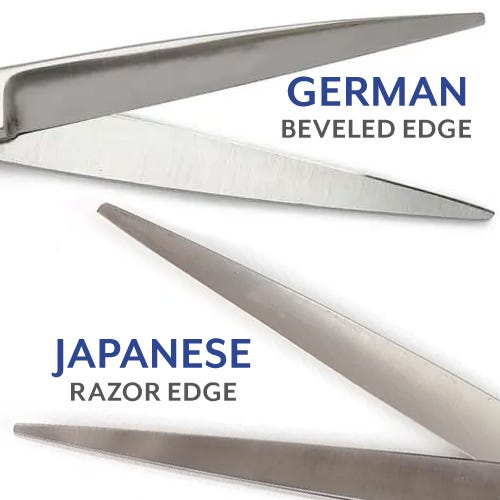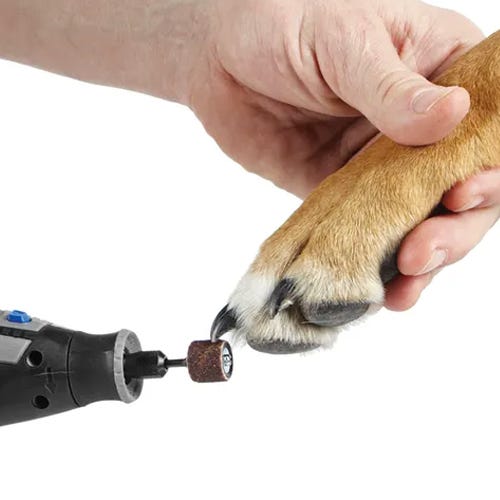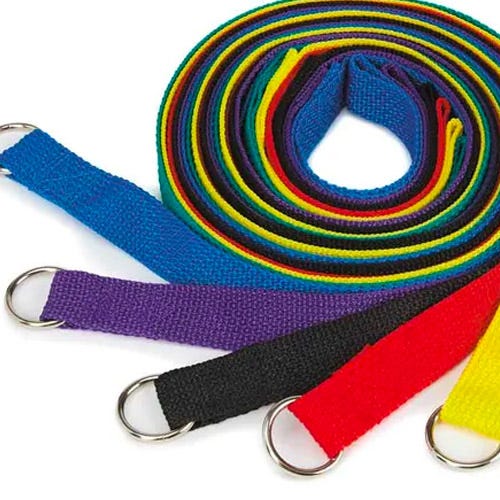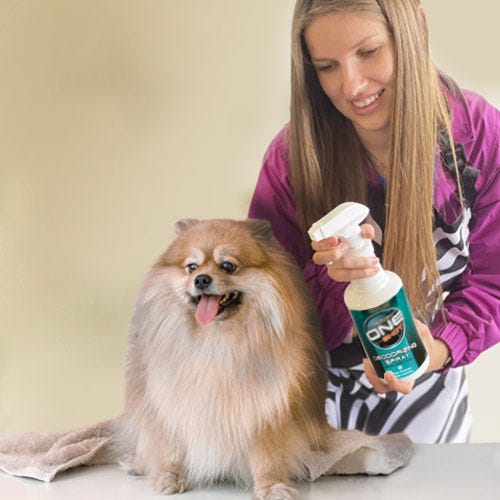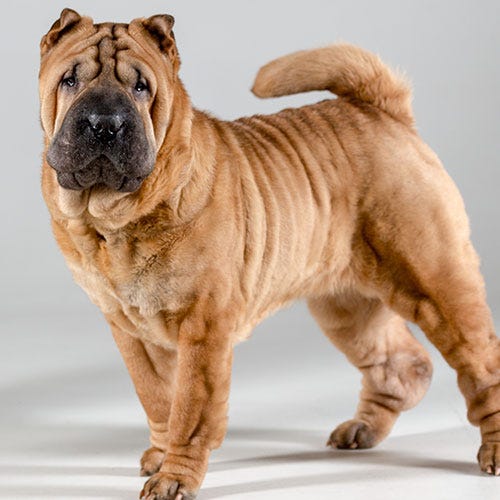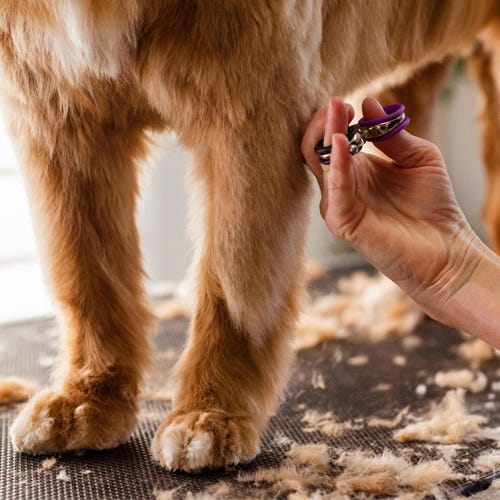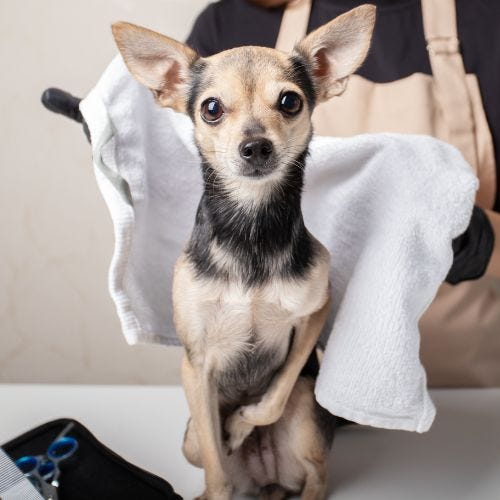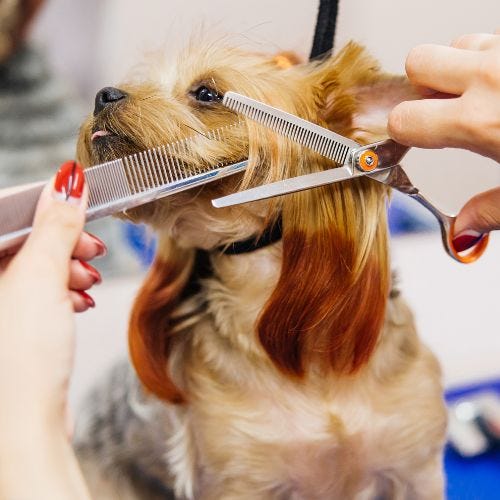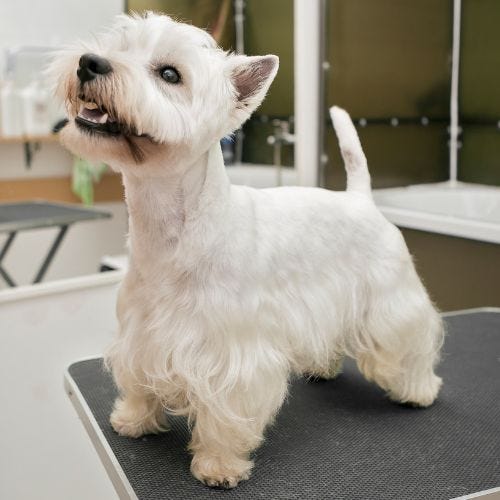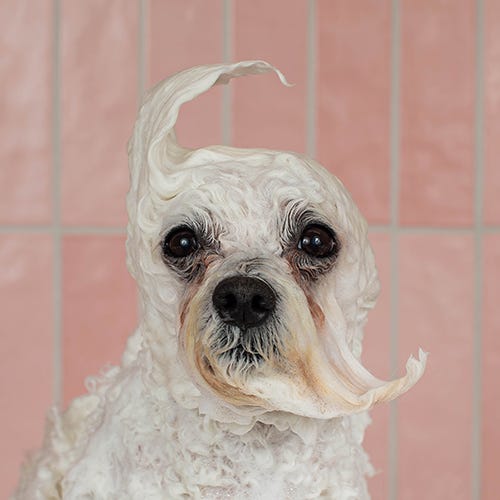Well-made grooming shears are an expensive necessity. No one wants to make a mistake by purchasing a shear that is not right for them. Even if you know what length you prefer and what style, it can still be confusing when you read the description for each one. For instance, what is the difference between Japanese and German-style shears? You certainly can’t tell by looking at the pictures. Here is the scoop:
German Style Shears - The blades on these shears are beveled, meaning they have a slanted edge. Depending on the shear, the edges have serrations (coarser) or micro-serrations (very fine) on the blade, which grips the hair as you cut it, holding it in place to allow a clean cut. This scissor style has a durable edge and can be used many times before they need to be sharpened. Ask your sharpener if they know how to put a serrated edge on a shear and if they know what micro serration is. If they don’t, find one that does; incorrectly sharpened scissors will fold and not cut the hair.
Japanese Style Shears - The blades on these shears are honed, and you will often see the word “convex” in the description. They have a sharp edge, cutting crisp, clean lines effortlessly. However, the razor-sharp edge will dull more quickly than the beveled edge of German-style shears. The edge is also prone to getting nicked easily. This shear is best used for finishing work and will require frequent sharpening to maintain optimal service.
What if you are a groomer on a budget and need to start out with one good fundamental shear? Randy Lowe (Precision Sharp, Mt. Wolf, PA) says, “For a great basic scissor, the ‘must have’ is a wide blade, Filipino ‘88’ style. These are for bulk work, cutting through mats, and quickly removing a lot of hair. They are strong because of the wide blade. The blades are serrated on one side, and both edges are beveled. One edge is micro-serrated. The serrations grab onto the hair and hold it in place while the groomer cuts. If you could only have one shear, this one can do it all.”
Whichever shear you choose, cut nothing but pet hair with them, and only use them on clean, dry coats. Cutting paper, ribbon, or anything else will dull the edge, as will using them on dirty fur.
By Daryl Conner, MPS, MCG
Daryl Conner has been devoted to making dogs and cats more comfortable and beautiful for almost 40 years. You can find her happily working at FairWinds Grooming Studio with her daughter and infant granddaughter, or typing away at her latest grooming-related article. Daryl was awarded both a Cardinal Crystal Award and Barkleigh Honors Award for journalism. She shares her meadow-hugged antique Maine farmhouse with her practically perfect husband and too many animals.


